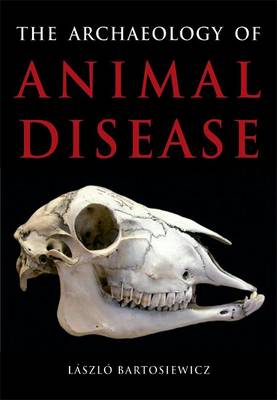Zooarchaeology is a well-established discipline, aimed at understanding relationships between humans and animals in the past using the evidence of excavated animal remains. Its usual sphere of interest includes the reconstruction of meat consumption and other forms of animal exploitation. Recently, however, concerns with both animal welfare and zoonoses (epidemics threatening humans as well such as Bovine Spongy Encephalitis and the bird flu), have directed researchers' attention to a largely unexplored area of research: animal health in the past. What can be discerned from the pathological symptoms on animal remains found at archaeological sites? Such deformations may range from the evidence of caretaking to trauma caused by cruelty and vary strongly between cultures, as well as species, revealing something of ancient attitudes to animals. As opposed to humans whose skeletons are frequently found by the archaeologists in a more-or-less intact state, animals tend to be butchered, with most of their bones dispersed as food refuse. Diagnosis can only be based on rare, isolated bone specimens that display pathological symptoms.
Conclusions, therefore, need to be drawn from the synthetic evaluation of large series of such finds, including cases reported sporadically in the vast zooarchaeological literature.
- ISBN10 1848684339
- ISBN13 9781848684331
- Publish Date 28 January 2013
- Publish Status Unknown
- Out of Print 26 May 2016
- Publish Country GB
- Imprint Amberley Publishing
- Format Paperback
- Pages 160
- Language English
